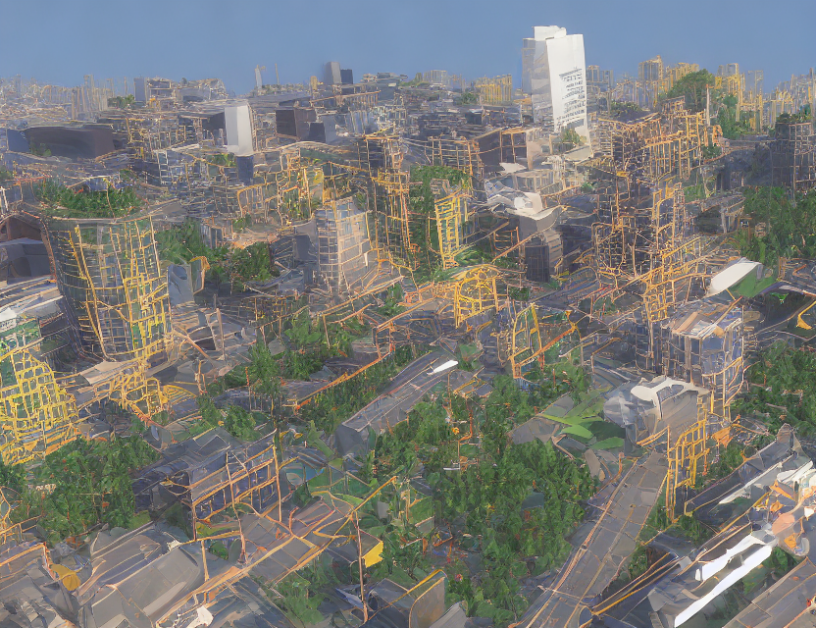Imagine you’re a Picasso of image editing, armed with nothing but words to create your masterpieces. Sounds like magic? Well, it may soon be possible thanks to the cutting-edge research presented in this article. The authors propose a novel approach called "Paint by Word," which leverages natural language processing (NLP) and computer vision techniques to enable image editing through text descriptions.
Modes of Operation
The Paint by Word framework consists of two primary modes: mask-free and mask-provided editing. In mask-free mode, the model generates images based solely on text descriptions without any predefined templates or styles. In contrast, mask-provided mode uses both text descriptions and predefined templates to create images that blend seamlessly with the background.
Global and Local Descriptions
To achieve high-quality image editing, Paint by Word relies on both global (i.e., entire image) and local (i.e., specific regions within the image) descriptions. The authors employ a novel technique called InstructPix2Pix to learn these descriptions from large datasets of paired text-image examples. This approach enables the model to understand the relationships between textual descriptions and visual features, such as colors, shapes, and objects.
Fine-Tuning and Reproducibility
To ensure reliable results and fairness across different models, Paint by Word encourages users to share their fine-tuned versions of the model on a public repository. This approach promotes reproducibility and helps to identify any potential issues or biases in the model’s performance.
Acknowledgments
The authors extend their gratitude to colleagues from Ohio State University’s NLP group, Amazon Mechanical Turk workers, and other contributors for their valuable support throughout the study. Their work was sponsored by various grants from organizations like the National Science Foundation (NSF) and the Army Research Laboratory (ARL).
Conclusion
In summary, Paint by Word represents a groundbreaking advancement in image editing technology. By leveraging NLP and computer vision techniques, this framework enables users to create images with nothing but textual descriptions. Although still in its early stages of development, the potential applications of Paint by Word are vast and could revolutionize the way we interact with digital media. As the authors continue to refine their model through further research and collaboration, we can expect even more impressive feats of creativity and innovation in the world of image editing.



